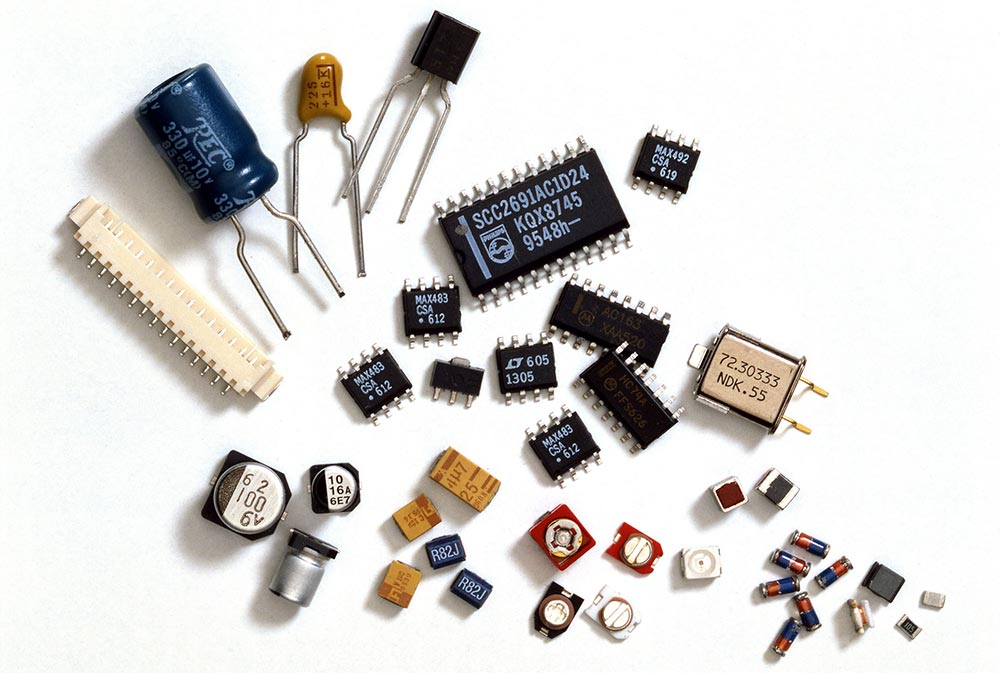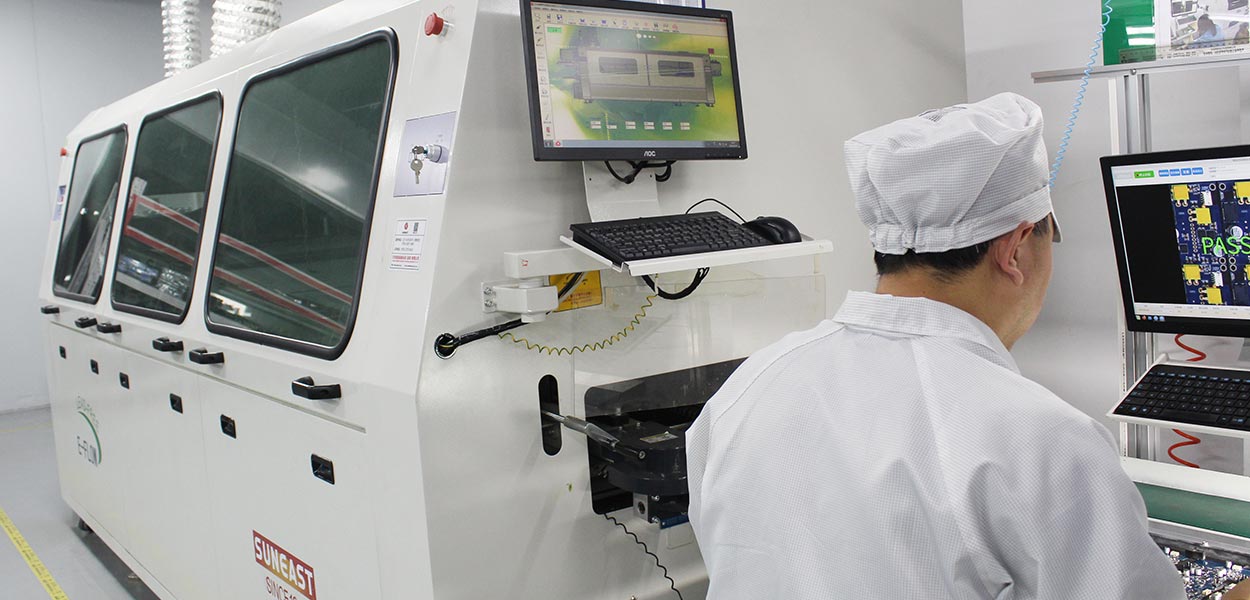Quality Management
Tortai Electronics adheres to the PDCA management improvement principle, based on ISO9001, ISO13485, IATF16949, ISO14001 quality system and IPC-A-600H standard, to optimise the internal management process and to enhance the supply chain management level, in order to ensure that our customers receive high quality products and manufacturing services. We strictly control the quality control points in the process, NPI product introduction, DFM inspection, PCBA manufacturing and testing, and conduct full training to form a perfect quality management system.

DFM Inspection
Check the following items of customer design PCB, BOM, schematic, and finished assembly manual:
Document version and last update time
Process: leaded/lead-free
Clear component part numbers and silkscreen
BOM with manufacturer’s brand and material number, description, and bit number
Confirmation of PCB fabrication process: material, board thickness, copper thickness, number of layers, surface treatment, character colour and special processes.
Reasonable PCB layer and board assembly method.
Provide correct SMT mounting files
Perfect program burning and function test programme.
Clear assembly manuals and schematics for finished products
Other special process requirements

New Product Introduction Meeting (NPI)
Organise sales department, engineering department, production department, purchasing department, quality department and other personnel to hold a new product introduction meeting.
Detailed introduction of the customer’s project background, product application scope, delivery and special requirements
Determine the internal customer number and product number
Define the production batch, procurement and delivery quantity
Evaluate the difficulty of the process and key quality control points of the project.
Define the procurement cycle of PCB and electronic components.
Propose draft production plan
Prepare fixtures, jigs, and auxiliary materials for the production process.
Define the test plan for customer’s products

PCB Production
We outsource PCB production and strictly control the following key quality points
High quality brand boards
Selection of top ten PCB suppliers
Continuously establish supplier relationship management
Have the ability to complete the process of 3 mil line width and pitch, multilayer, HDI, impedance, blind buried holes
All PCBs delivered to us must be 100% electrically tested.

Purchase of Electronic Components
Procurement of 100% of the brands and material numbers specified in the customer’s BOM (unless the customer agrees in writing to procure other alternative materials due to procurement lead time).
Procurement of materials through regular channels such as primary agents and top traders.
Can provide the first-class agent certificate of origin
Good centralised purchasing advantages, shorter purchasing cycle, latest material year, stocking advantages, etc.
Provide perfect technical support from the original factory

IQC Incoming Material Inspection
Measure the thickness of PCB
Check the PCB through-hole and whether the ink is blocked, etc.
Check whether there is warping and deformation of PCB, and whether the silkscreen is clear.
Check the PCB for broken wires, skipped wires and other defects.
Place the PCB in the reflow soldering oven temperature test, check whether the yellowing or deformation
Check whether the batch number, material number and silkscreen of the incoming electronic components are consistent with the BOM.
The incoming electronic components are placed on the PCB bare board for pad or through-hole fit test.
Random inspection of incoming electronic components resistance, capacitance, etc., and compared with the BOM
Check the surface of the incoming electronic components whether there are scratches, deformation, broken legs, short legs and other appearance defects

Component Storage And Solder Paste Printing
Storage of sensitive components in professional constant temperature and humidity chambers
Bake some PCB/IC/BGA with strict requirements for 2-12 hours to remove surface moisture and enhance solderability.
Adopting first-class brand solder paste
Develop high quality laser stencil
Perfect solder paste freezing, thawing and stirring operation procedure.
Equipped with fully automatic solder paste printing machine to ensure the consistency and reliability of solder paste printing during mass production.

SMT Mounter
Adopting YAMAHA series high-speed automatic SMT mounter with accuracy up to 01005.
Component size range: 01005 0.3*0.15 mm²~200*125 mm².
Maximum height of processable components: 25.4mm.
BGA/CSP minimum ball pitch, ball diameter: 0.30mm, 0.15mm
Patch accuracy: ±22μm (3σ), ±0.05° (3σ)
Processable board size range: conventional 50*50 mm², sampling limit: 850*560 mm².
Plate thickness range: 0.3mm–6mm
Equipped with 10 temperature zone nitrogen + vacuum reflow soldering furnace, set up qualified furnace temperature curve.
Use the oven temperature tester to check the oven temperature every 4 hours and record it.
Use AOI optical detector for batch detection of wrong parts, missing parts, reverse, false soldering and other defects.
Use X-Ray to build up boards containing dense ball BGAs.
DIP Plug-In Processing
Strict workstation operating instructions
Wave soldering fixtures are prescribed for mass production to ensure the reliability and consistency of soldering.
Equipped with 2 plug-in production lines to meet the needs of mass production
Equipped with engraving machine, the engineering department according to customer requirements to open the test rack, the ability to complete the mainstream chip programme burning and functional testing

Quality Management System
Quality Management System (QMS) refers to the management system that directs and controls the organization in terms of quality. The quality management system is a systematic quality management mode established within the organization and necessary to achieve quality objectives. This is a strategic decision of the organization. It helps organizations to maintain quality standards and improve their performance over time.
Quality management systems help businesses identify potential problems before they occur, allowing them to take corrective action quickly and efficiently. They also help businesses stay organized by providing a systematic approach to quality assurance, ensuring that all processes are followed correctly and consistently. Quality management systems can also be used to measure performance, helping businesses identify areas for improvement and make necessary changes in order to keep up with changing customer needs.

Quality System and Industrial Standard
We meet the following requirements in the quality system:
ISO9001 quality management system
ISO14001 Environmental Management system
ISO13485 medical device quality management system
IATF16949 automotive industry quality management system
UL, SGS, RoHS
Comply with IPC-610
All components comply with IPC-A-610H– Classes I to III




